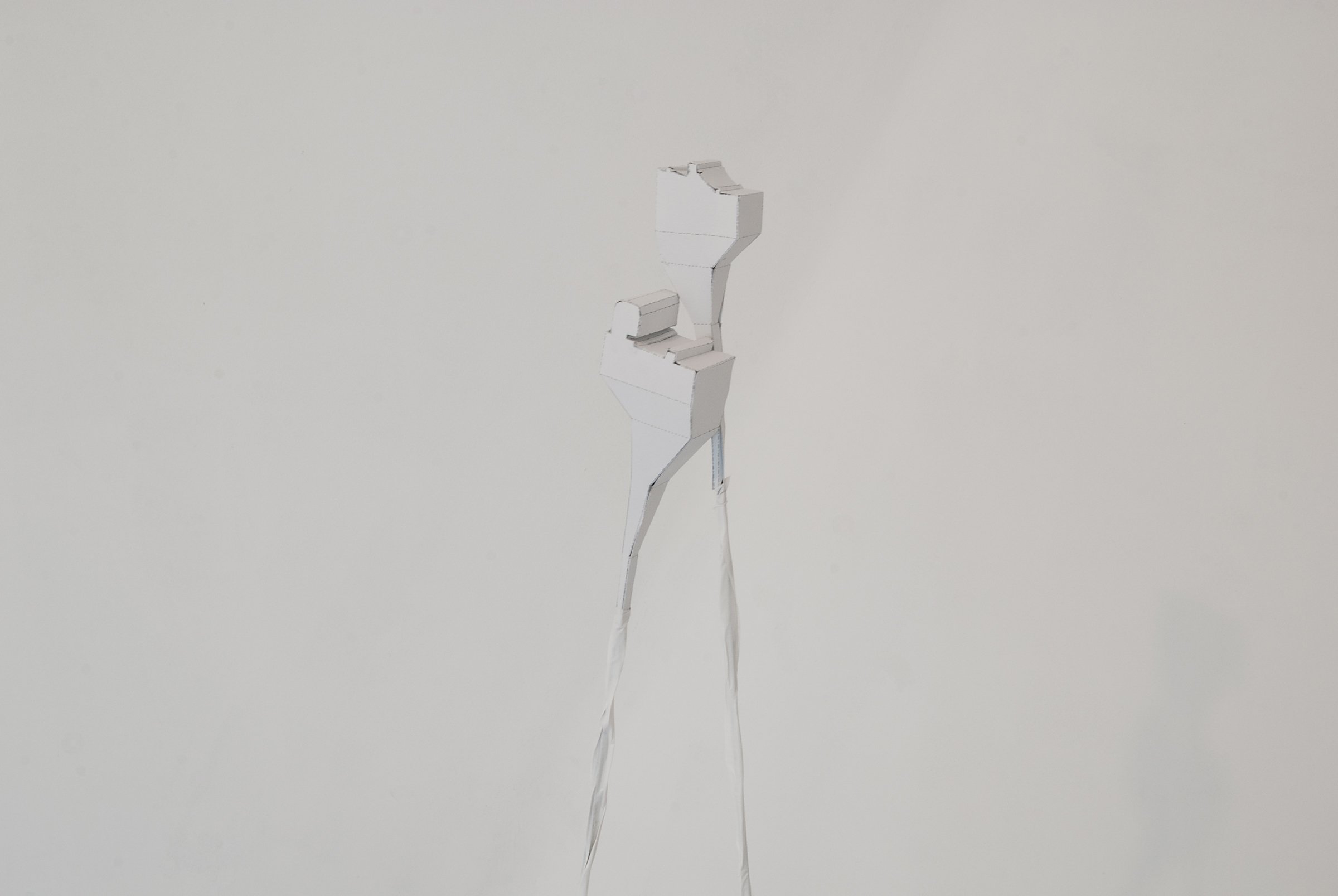Installation view of Final Projects: Group XXXIII. Photography by Mark Escribano, 2012.
Architect Christoph Eppacher studied Los Angeles geography and its built environment via two distinct, disparate subjects: the studio and set locations for classic silent films by Buster Keaton, Charlie Chaplin and Harold Lloyd, and the paths and serving areas of L.A.’s vibrant food truck scene.
Morteza Farhadian Dehkordi and Shima Roshanzamir, architects and urban researchers, were particularly interested in studying how individuals engage and maneuver to form city space. Dehkordi and Roshanzamir developed simulation programs that abstractly present different scenarios in which individuals might find their own routes and self-organize within a hypothetical city.
Artist Lasse Schmidt Hansen utilized library collections around Los Angeles to build an archive documenting the patterned commercial carpet that covered the gallery floors at the Los Angeles County Museum of Art (LACMA) in the 1960s and early 1970s. To Hansen, the carpet functioned as an ironic sign of the existing notions about art and art objects that local and international minimalist artists were questioning at exactly that time.
Johann Lurf spent several months documenting Morris Reservoir near Asuza, California, which functioned for decades as a military torpedo testing site and water source – he produced a video study of the site’s immediate context and its place in the larger conversation of L.A. civil engineering.





























